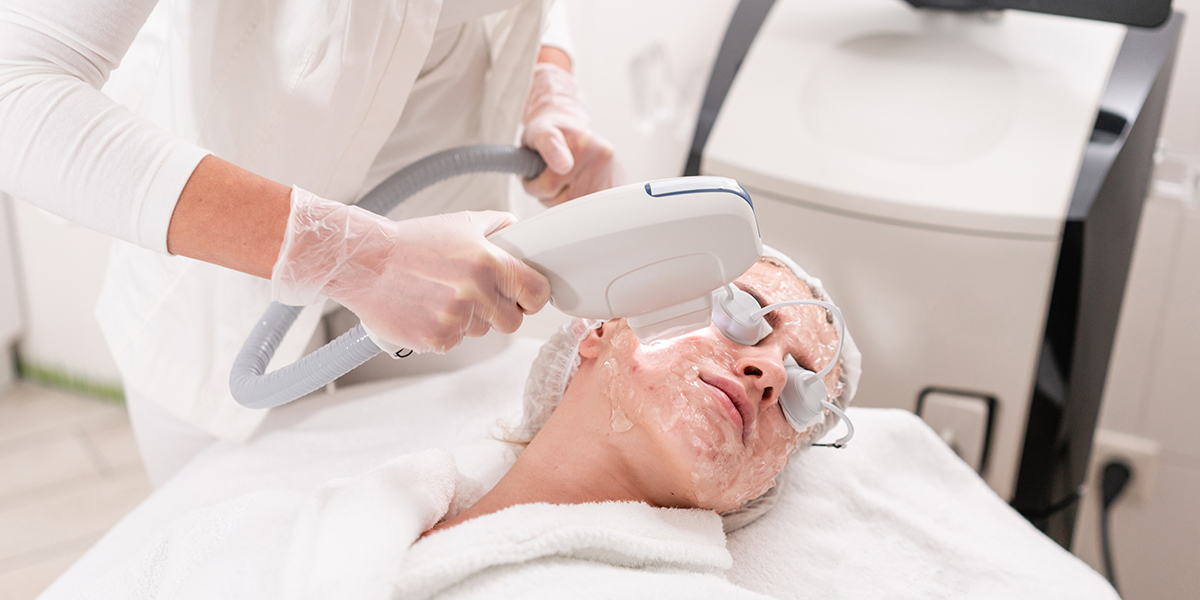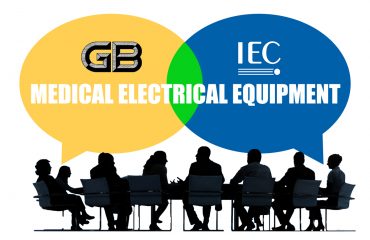Intense pulsed light therapy device registration in China shall refer to the newly revised technical review guidelines issued (No.12 of 2023) by the China Centre for Medical Devices Evaluation (CMDE) on April 28, 2023.
Intense Pulsed Light (IPL) therapy has gained significant popularity in recent years as a non-laser treatment option for various skin conditions. As the demand for IPL therapy devices continues to grow, it becomes crucial especially for manufacturers to understand the registration process and requirements set by regulatory authorities in China.
The guidelines were revised by the CMDE with the objective to provide a more comprehensive guidance to registration applicants in China. These guidelines help standardize the development process of IPL therapy equipment, assist in preparing and writing registration application data, and offer valuable insights for the technical review department during the registration review process.
Scope
The guidelines apply to non-coherent, high-intensity pulsed light devices that utilize xenon lamps as the light source, with an output wavelength range typically between 400 nm and 1200 nm. These devices achieve the desired spectral output by coating the light guide crystal or inserting filters. According to the classification rules specified in YY 9706.257, these devices should be classified above exempted categories. Similar broad-spectrum non-coherent pulsed light devices with similar spectral ranges can also refer to these guidelines.
Key points for registration review
The guidelines cover important regulatory information such as product name, classification, coding, and management categories. It emphasizes the division of registration units based on technical structure, performance indicators, and intended use. Additionally, for imported products, documentation proving the listing of treatment heads or filters abroad is required.
Applicants are expected to describe the working principle, action mechanism, structure and composition, main functions, and unique features of the product. Detailed product descriptions, including diagrams and drawings, are necessary for each model.
The guidelines delve into the mechanism of action for IPL therapy devices. Selective photothermal action is the main theoretical basis for skin therapy, where IPL targets various chromophores such as melanin, oxyhemoglobin, and water. For IPL’s application in treating dry eye associated with meibomian gland dysfunction, the mechanism of action is based on photothermal effects and the reduction of inflammatory mediators on the ocular surface.
Intended use and user profile
Applicants must clearly define the intended use case scenarios and the target operators for their devices. Intense pulsed light therapy devices are commonly used in medical institutions. However, lower-power density handheld hair removal devices can also be used in home environments under professional guidance. For devices intended for home use, risk assessment should be conducted, considering factors such as device structure, duration of use, environmental conditions, and non-user exposure. Adequate safety mechanisms should be incorporated into the design to mitigate potential risks associated with foreseeable misuse or unconventional use.
Other important information
- Structure and Composition:
Detailed descriptions, circuit block diagrams, and specifications are required for each component. The guidelines outline the typical structure and composition of intense pulsed light therapy equipment, including the power supply device, control device, cooling device, reflective concentrator device, light source, light guide crystal, skin cooling device, protective glasses, and other components. - Product Categories:
The guidelines categorize IPL therapy devices based on filtering modes, appearance structure (desktop or handheld), and wavelength ranges. Treatment heads may have short-wave cutoff or band-pass filtering modes, and devices can be either desktop or handheld. - Development History and Comparison:
Applicants are encouraged to provide a development history of the proposed product, references to similar products, and comparisons with existing products in the market. This helps highlight innovation points, similarities, and differences between the declared product and other products on the market.
Further information
Read the original CMDE announcement on the amended technical review guidelines for intense pulsed light therapy device registration in China.
By adhering to the outlined requirements, manufacturers can ensure their products meet the necessary safety and performance standards. Also, Cisema can assist manufacturers in navigating the registration process effectively. Discover our services for medical device registration, renewals and NMPA Legal Agent.

 Deutsch
Deutsch  Italiano
Italiano  Français
Français  日本語
日本語  한국어
한국어 



